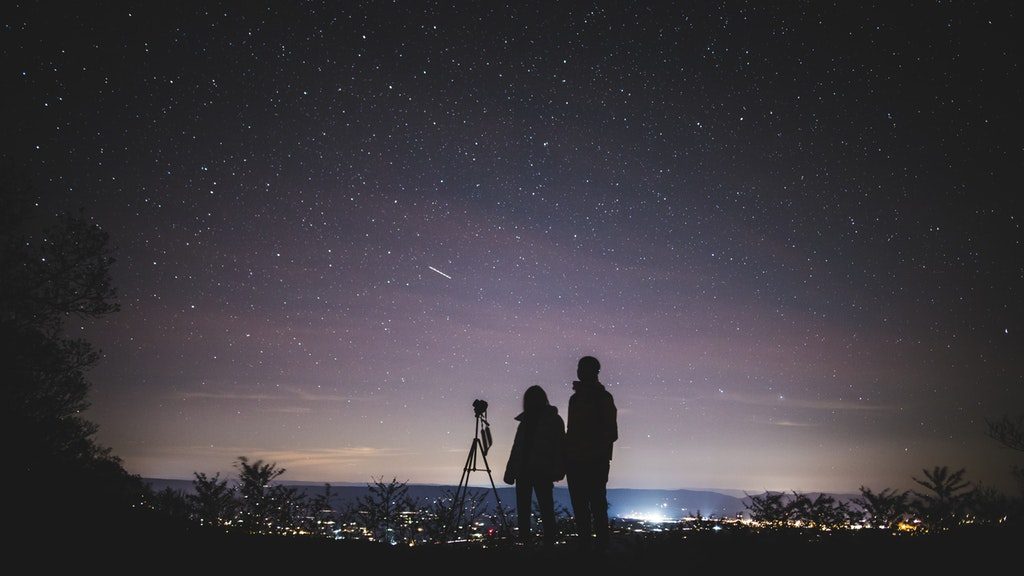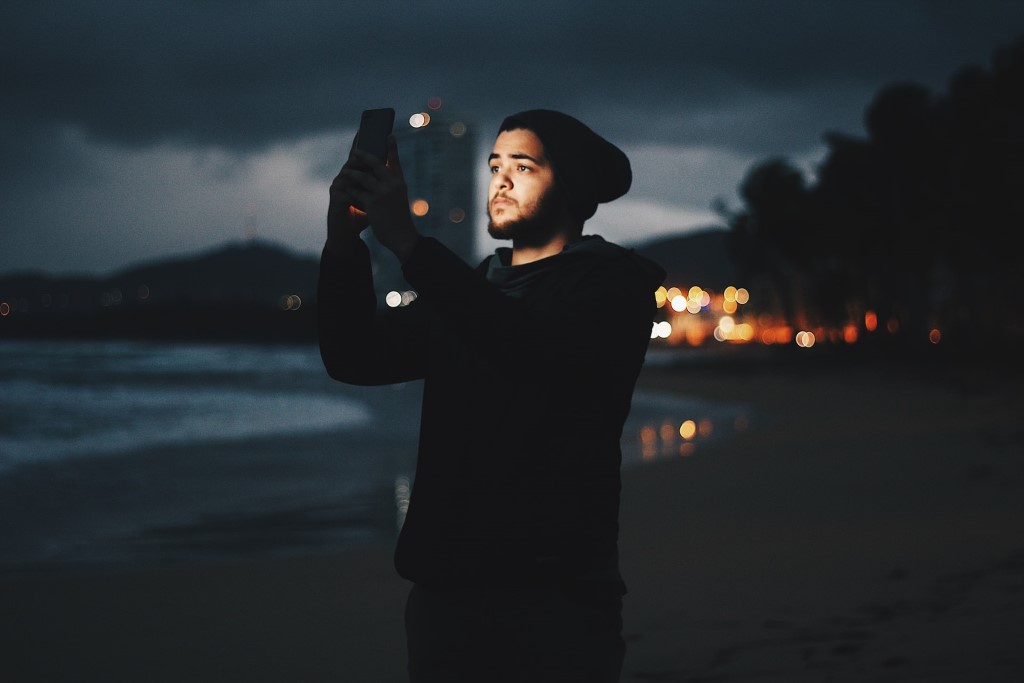
Astrophotography is a terrific way to expand your portfolio and learn more about night photography. Thanks to the great advancement of modern sensor technology, now we can capture the gorgeous night sky loaded with stars or the Milky Way with the built-in camera in our smartphones. In fact, it can capture way better than your naked eyes. The photographs are comparable to those taken with a DSLR or mirrorless camera. If you are curious but do not know where to begin, keep reading as we provide some of the most valuable tips for capturing the perfect shot of the Milky Way using only your smartphone.
Before the Photo Shoot
If you wish to photograph the Milky Way, you must consider several elements such as time. The best time would be when the moon is in the ‘‘new moon’’ phase, when it is almost completely dark. Usually, the Milky Way moves around in the night sky throughout the year, so some nights it may be seen for up to five hours, while other nights it can only be seen for a few minutes or not at all.
The position of the Milky Way in the sky varies depending on which hemisphere you live in, so check sky charts or a Milky Way tracker to see when it will be the most visible for you. The ideal months are between May and August when the Milky Way is high in the sky. It will not be visible in other seasons, but if you have a clear sky and air conditions, you can still picture the fainter regions of the Milky Way.
The next element to be considered is the location. The amount of light emitted by cities can have an impact on what you can see in the night sky, especially with the light from the Milky Way that is much dimmer than artificial lighting. If possible, get away from the city lights and out into the countryside to truly see the amazing night sky.
Drive to the most rural place in your near vicinity if you have a car. The lower the amount of artificial light from city lights, the better your night sky photography will be. Utilize the Dark Site Finder website, the Light Pollution Map, or apps like Dark Sky Map to locate dark areas near you. Please remember to bring a coat because it might get cold at night.

During the Photo Shoot
If you have decided on a time and place, let us move on to what you will need during photography. In dim conditions, it will take about 20 or 30 seconds to acquire the greatest exposure. This means holding the phone stationary for an extended period sounds impossible. So, please bring a tripod with you. The tripod will assist you in stabilising the camera and reducing camera shaking, ensuring that your photographs of the Milky Way are not blurry.
Set up your tripod in a flat area where it will not topple over, then adjust the angle to your liking. You might want to bring a headlamp light as well to help you seek the ideal shooting location. Once you have arrived at your desired spot, simply set your phone on the tripod, press the button, and the camera will do the rest.
Now we are in the thick of it, photographing the Milky Way. Many smartphones today, be it iPhones, Vivo or Samsung phones come with a professional camera with a high-end sensor. If you have one, feel free to experiment with the settings manually. Experiment with increasing the ISO and aperture while decreasing the shutter speed to get a stunning shot. Your photo’s light exposure is determined by them.
It is understandable, however, if your smartphone cannot adjust the shutter speed. Worry not, as various apps for both iOS and Android have been developed to replicate this effect. Camera FV-5 Lite or Night Camera for Android are excellent choices. To simulate the effect of long exposure, these applications take many images in a short amount of time.
Aside from that, it is important to remember that just because it is dark outside does not mean you have to use the flash. The faint light of the stars will be drowned out by a flash, leaving just a black image. It is preferable to avoid using flash altogether. When it comes to HDR (High Dynamic Range), this setting tends to slow down your camera’s speed, thus turning it off will increase your camera’s performance.
Avoid zooming when taking photographs because you will probably be disappointed when you see the image on a screen larger than your phone’s. As you zoom in further, the quality of your image decreases, making it noisy and distorted. Nevertheless, you can still reduce noise in your Milky Way photos with editing apps like Canva, Snapseed or ProCapture.

After the Photo Shoot
After you have shot all the images you want, it is time to edit them. There is no one-size-fits-all method to photo post-processing, but here are some pointers to get you started. Firstly, upload your photos into photo-editing software and experiment with variables like white balances and levels to get the sharpest image of the stars. Keep in mind whatever settings you select, so you can apply them in your future photoshoot.
If you prefer your shots to be curvy, use the software’s curved mode if it has one. Play around with the adjustment brush to draw attention to the elements in the front. If you need to remove unwanted objects from the image, use the post-processing software’s spot removal tool. All these tiny details will help you to be more precise in your work.
Blending two photos of the Milky Way is another great approach for getting the best shot of the Milky Way. The sky would be exposed in one photo, while the foreground would be exposed in the other. This way, the foreground pieces will be adequately lighted.
Finally, use focus stacking to get the sharp details of all the elements in the photo. This requires you to take a lot of pictures using your smartphone. You can do this by adjusting the point of focus slightly from the foreground to the Milky Way, and then moving back until the focus is sharp. Then, you stack these photos to create the perfect snapshot of the Milky Way.